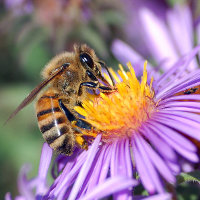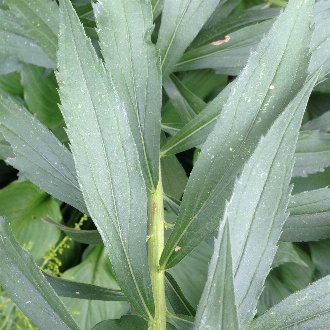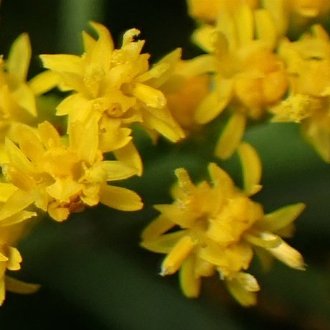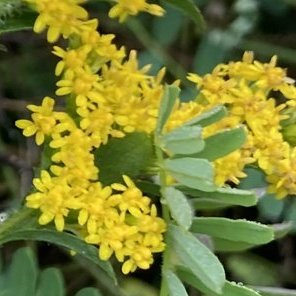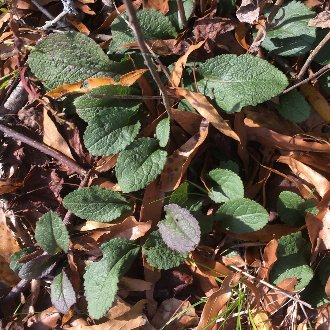Canada Goldenrod vs Wrinkleleaf Goldenrod
This guide is under construction and has not been published yet. It may have errors. When in doubt, double-check other sources for definitive ID.These two species are frequently confused where their ranges overlap. Both are common, rhizomatous, grow to similar heights, and have potentially large, variable inflorescences. They are easily told apart by leaves or flowerheads, and they have many other differences. S. canadensis ranges farther northwest, and prefers better-drained, mesic sites, whereas S. rugosa ranges farther south, and prefers moister sites.
Canada Goldenrod (Solidago canadensis) | Wrinkleleaf Goldenrod (Solidago rugosa) |
A robust, rhizomatous perennial primarily native to the northeast, preferring sunny, mesic to moist sites. | A perennial of moist, sunny sites with slightly acidic soil, common across a wide range in eastern North America. |
Leaves are distinctly triple-veined, with two major side-veins running most of the length of the leaf. Photo © Matt Schultz, Public Domain. | Leaves are not triple-veined, with only the central vein running the length of the leaf. Photo © Alan Prather, CC BY 4.0. |
Flowerheads have more rays (usually 8–14, rarely 5-18) and rays are much narrower (0.15–0.3 mm, rarely to 0.5mm) Photo © Darius Regnier, Public Domain. | Flowerheads have fewer rays (usually 6-8, rarely 4-12) and rays are much wider (0.4–0.7mm) Photo © Jaime McGuigan, CC BY 4.0. |
Plants lack basal leaves through most of the growing season, with the exception of the rosette of new leaves that emerges before the plant begins upright growth, in winter to early spring. | Plants have basal leaves; although leaves usually wither by the time of flowering, new leaves often sprout soon after flowering and may persist over the winter. Photo © Becky Dill, Public Domain. |
References & External Resources
These short lists show only links helpful for ID. For a complete list of references and resources also covering other aspects of ecology, visit the links section of the full article on each plant, which is the first entry here.

